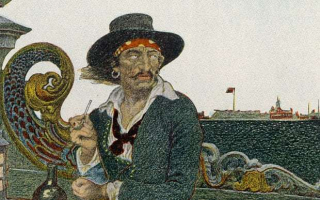Top 10 Largest Empires Of All Time
There have been empires that ruled over vast areas of land almost since the dawn of recorded history. A few of these empires were able to conquer areas that ... read more...crossed two or more continents. However, throughout time, nation-states took the role of empires, gradually fading into antiquity. And here are the largest empires of all time.
-
The British Empire was the largest empire of all time. The colonial holdings of what is now the United Kingdom of Great Britain and Northern Ireland made up this group. Early in the 17th century, Britain began to expand its empire. The British Empire ruled about 35.5 million square kilometers of land at its height in 1920. Because the British Empire included colonies all over the world, people formerly used the adage "The sun never sets on the British Empire." British imperialism, however, started to decline after World War II as the UK granted independence to the majority of its colonial colonies. The 13 North American colonies that later became the United States of America, Canada, Hong Kong, Australia, and New Zealand are among the former British colonial territories.
The dominions, colonies, protectorates, mandates, and other nations that the United Kingdom and its forebears governments ruled or managed made up the British Empire. England established commercial and overseas possessions starting in the late 16th and early 17th centuries. At its height, it was the biggest empire ever, and for more than a century, it ruled the world. It has left behind well-known constitutional, legal, linguistic, and cultural legacy. Since the sun was constantly shining on at least one of its domains, it was once referred to as "the empire on which the sun never sets."
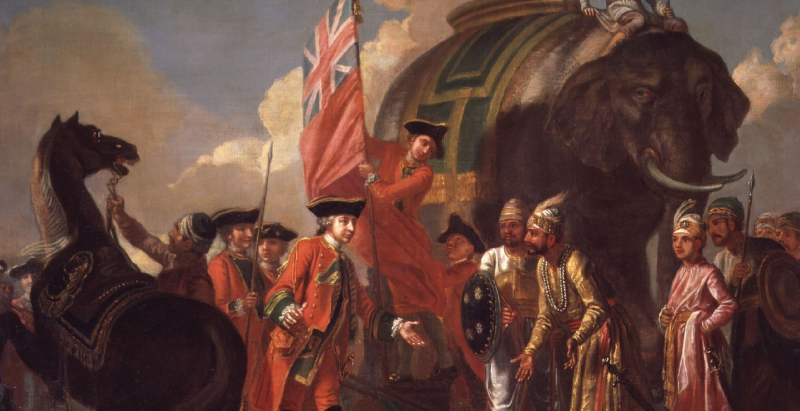
Photo: Historic UK Photo: History Matters -
Both Asia and Europe were part of the Mongol Empire. In actuality, it dominated the former during its height. Genghis Khan's leadership of the Mongol tribes at the beginning of the 13th century marked the beginning of the empire. The empire eventually held sway over most of China, Central Asia, and a sizable portion of Eastern Europe within the span of around fifty years. The frontiers of the Mongol Empire reached their greatest extent in the middle to late 13th century, spanning 24 million square kilometers from the Sea of Japan to western Asia Minor (Anatolia, modern-day Turkey). It was the largest contiguous land empire in history.
Genghis Khan (c. 1162–1227), who was recognized by a council in 1206 as the head of all Mongols, led the unification of many nomadic tribes in the Mongol heartland to become the Mongol Empire. Under his and his successors' leadership, the empire expanded quickly as they dispatched armies of invasion in all directions. In an imposed Pax Mongolica, the huge transcontinental empire linked the East with the West, the Pacific with the Mediterranean, and allowed the movement of trade, technologies, goods, and ideas throughout Eurasia.
The Ilkhanate, which fell apart between the years of 1335 and 1353, was the first component of the empire to collapse. The Yuan dynasty then fell and lost control of China proper in 1368 after the Han-ruled Ming dynasty seized control of Dadu, the capital of the Yuan. The Yuan's Genghisid emperors then withdrew to the north, where they kept control of the Mongolian Plateau. After it, the government became known in history as the Northern Yuan dynasty. By the end of the 15th century, the Golden Horde had split into rival khanates. The Grand Duchy of Moscow destroyed the Golden Horde and drove it from Russia in 1480, while the Chagatai Khanate persisted until 1687 in various forms.
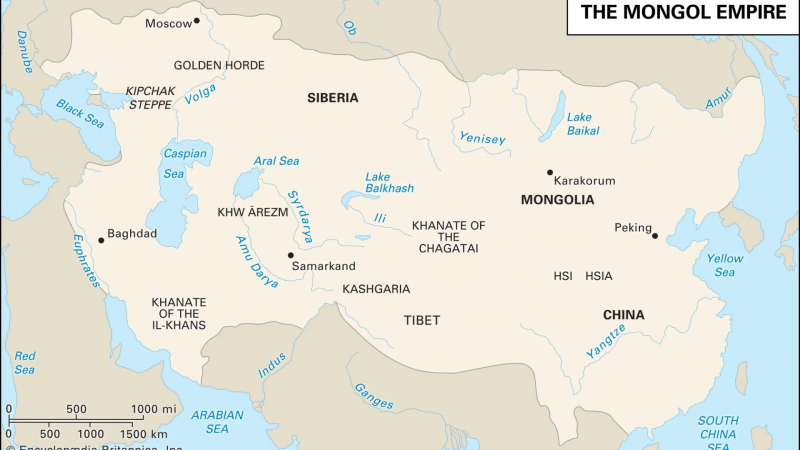
Photo: Encyclopedia Britannica 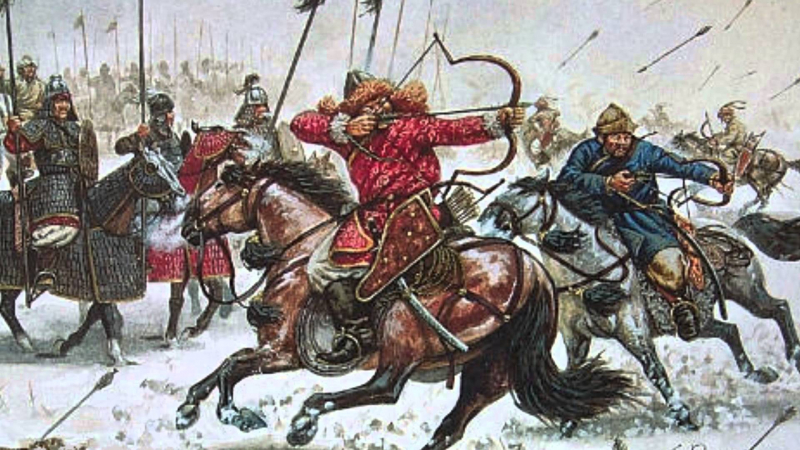
Photo: Brewminate -
The area that is now the Russian capital was the original Principality of Moscow, the forerunner of the Russian Empire. Czar Ivan IV, however, started an expansionary campaign in the middle of the 16th century. The Russian Empire had expanded by the middle of the 17th century, and was now located across from the modern-day US state of Alaska, on the Bering Sea coast. Alaska actually once belonged to the Russian Empire. The Russian Empire grew to encompass territory in the Caucasus and Central Asia by the late 19th century. It is also one of the largest empires of all time.
The empire's borders included a total of 22.8 million square kilometers, extending from the northern coast of Asia to the borders of modern-day Afghanistan and Iran in the east and from the Bering Sea in the west. Even though the region it previously controlled in Central Asia, the Caucasus, and a portion of Eastern Europe is now a part of other nations, the Russian Federation still holds a large portion of the former Russian Empire's former territory.
The Russian Empire operated as an absolute monarchy up to the Russian Revolution of 1905, after which a nominal semi-constitutional monarchy was formed. It didn't work well during World War I, though, which sparked the February Revolution. The monarchy was abolished in 1917 with Nicholas II's abdication. The Russian Civil War began as a result of the Bolsheviks seizing control of the Russian Republic during the October Revolution. The Romanov dynasty was put to death by the Bolsheviks in 1918, and after winning the Russian Civil War in 1922–1923, they formed the Soviet Union over the majority of the old Russian Empire's territory.
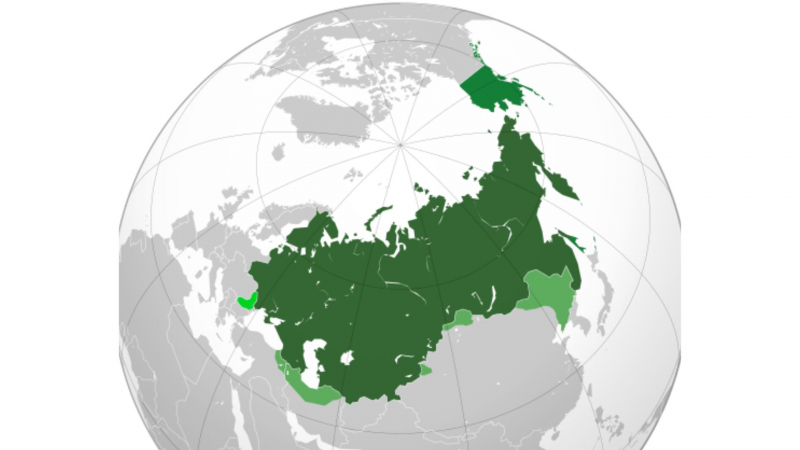
Photo: Wkimedia Commons Photo: Geo History -
The Qing dynasty (English: /t/ ching), often known as the Great Qing, was the final orthodox dynasty in Chinese history and was ruled by the Manchus. It arose from the Jianzhou Jurchens' Later Jin dynasty, which they established after uniting other Jurchen tribes to create a new "Manchu" ethnic identity. It was China's final imperial dynasty before the country's conversion to a republic. However, the Qing Dynasty's Manchurian, not Chinese, beginnings are the reason it is frequently referred to as the Manchu Dynasty.
In Manchuria, the dynasty was formally established in 1636. In 1644, it took power in Beijing. Later, it extended its dominance to include all of mainland China, Taiwan, and Inner Asia. The dynasty persisted until the Xinhai Revolution of 1912, when it was destroyed. Currently, China's northeast is known as Manchuria. The Qing Empire covered 14.7 million square kilometers at its largest in the late 18th century. According to traditional Chinese historiography, the Ming dynasty came before the Qing dynasty and the Republic of China followed it. The nearly three-century-long, multiethnic Qing dynasty created the geographical foundation for contemporary China. In terms of territory, it was the fourth-biggest empire in world history in 1790 and the largest imperial dynasty in Chinese history. It was the most populous nation in the world in 1907 with 419,264,000 residents.
The Qianlong Emperor's reign was the pinnacle of Qing splendor and power (1735–1796). He personally oversaw Confucian cultural undertakings and conducted the Ten Great Campaigns that expanded Qing dominance into Inner Asia. Following his passing, the dynasty had to contend with shifts in the global order, intrusions by foreigners, internal uprisings, population increase, economic disruption, official corruption, and Confucian elites who were unwilling to adopt new ideas. The dynasty came to an end when Puyi, the last emperor, abdicated on February 12, 1912. It was briefly reestablished in 1917 during the Manchu Restoration incident, but neither the Beiyang administration of the Republic of China nor the world community acknowledged this.
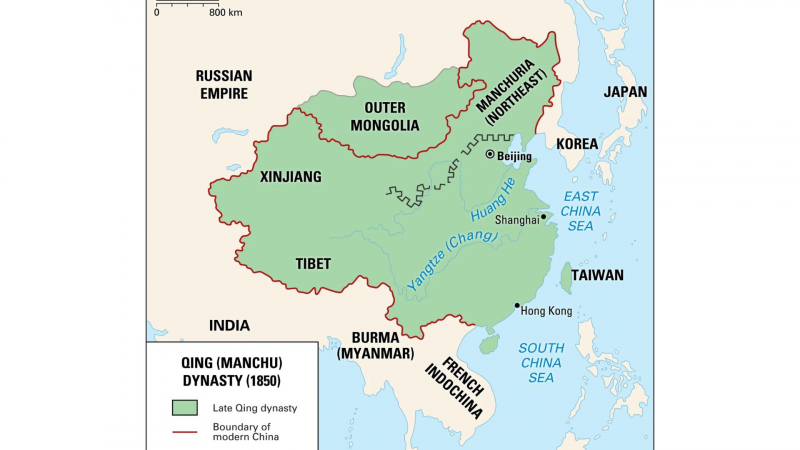
Photo: Britannica 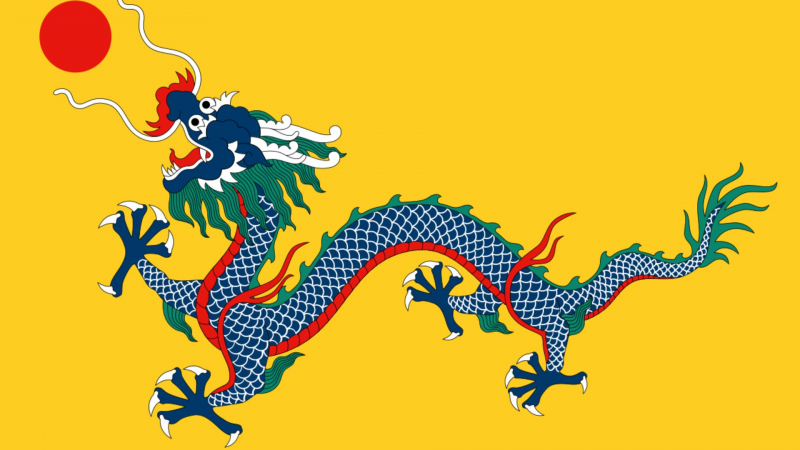
Photo: Wikipedia -
Spanish Empire is the next name in the list of the largest empires of all time. The Spanish Empire, often known as the Hispanic Monarchy or the Catholic Monarchy, was a colonial hegemony ruled by Spain and its forerunner nations from 1492 and 1976. One of the biggest empires in history, it co-founded the European Age of Discovery with the Portuguese and attained a truly global scale, ruling over major areas of the Americas, regions of Western Europe, Africa, and a number of islands in Oceania and Asia. In the early modern era, it was one of the most powerful empires, earning the nickname "the empire on which the sun never sets," and it reached its height of dominance in the 18th century.
The dynastic union of Isabella I of Castile and Ferdinand II of Aragon, known as the Catholic Monarchs, in 1469, which started political, religious, and social cohesiveness but not political unity, was a significant factor in the building of Spain's empire. Castile grew to be the most powerful kingdom in Iberia as a result of its control over the American colonies. The Spanish Bourbon monarchs raised the empire's income from the Indies and brought it under stronger crown control, while the Spanish Habsburgs (1516–1700) further defined the empire's organizational structure. The papal grant of patronage rights, which gave the crown control in the religious sector, increased its dominance in the Indies.
When its colonies in the Americas started wagging their own wars of independence in the early 19th century, Spain suffered its biggest territorial losses. By 1900, Spain only had its African possessions left after losing its colonies in the Caribbean and Pacific. Spanish is the primary language, Catholicism is the predominant religion, and political traditions of representative government can be traced back to the Spanish Constitution of 1812. These are all remnants of Spanish America's ties with Iberia.
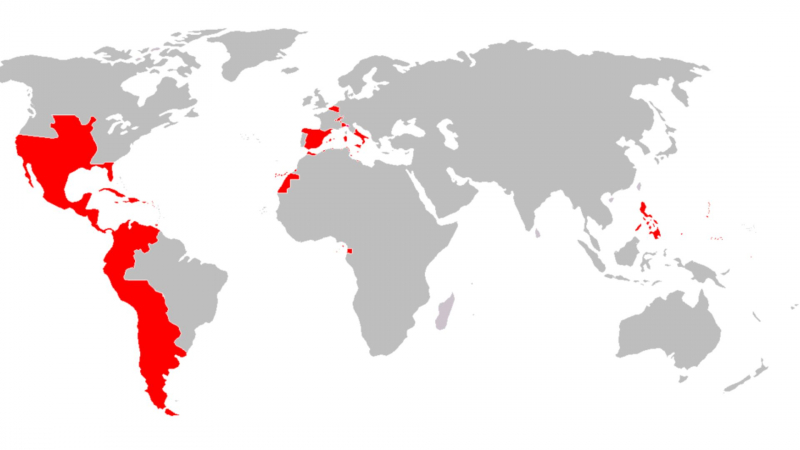
Photo: Wikipedia 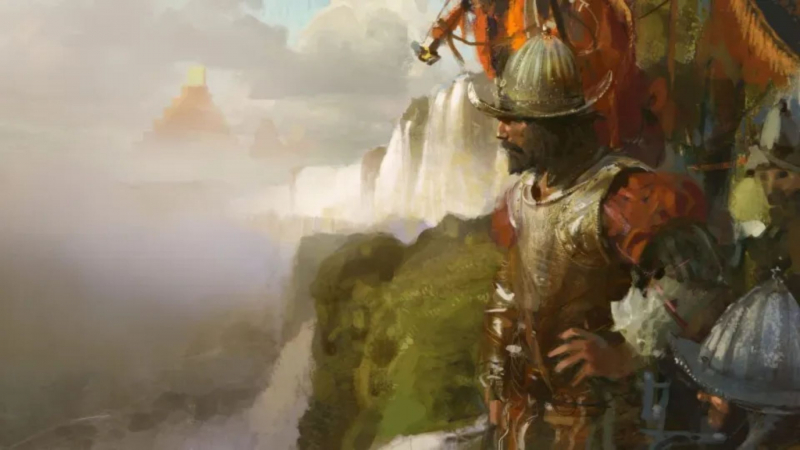
Photo: VaVentura -
Following the First French Colonial Empire's reign, the Second French Colonial Empire was established in the early to mid-19th century. France once owned numerous colonial colonies throughout the world, much like the UK. While France had smaller colonies in the Americas, the Caribbean, and the South Pacific, Africa was where it had the majority of its holdings. France's Second Colonial Empire, which peaked in the early 20th century, covered 11.5 million square kilometers. The nations of Morocco, Algeria, and Tunisia in Northern Africa as well as the majority of what is now Western Africa were once French colonies.
In the 1930s and 1940s, historians frequently criticized the Second Empire as a forerunner to fascism. By the late 20th century, they were using it as an illustration of a modernizing regime, although that view is no longer commonly accepted. In general, historians have given the Empire a poor rating for its foreign policy but a slightly better favorable rating for its domestic policies, particularly after Napoleon III liberalized his authority after 1858. The greatest accomplishments included a vast railway network with Paris as its center that boosted trade and united the country. The majority of the country's regions saw affluence as a result of this economic growth stimulant.
Napoleon III attempted to follow in the footsteps of his uncle Napoleon I in terms of foreign policy, engaging in a number of global imperial endeavors as well as various wars in Europe. By the conclusion of his reign, the French emperor found himself without allies in the face of overwhelming German force as a result of his disastrous handling of the Prussian menace. His reign came to an end during the Franco-Prussian War when, in 1870, at Sedan, he was captured by the Prussian army and overthrown by French republicans. Later, while living in exile, he passed away in the United Kingdom in 1873.
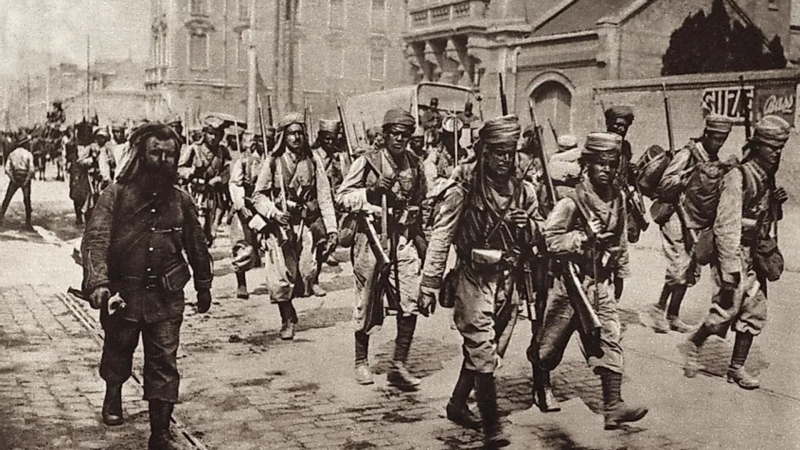
Photo: World Atlas 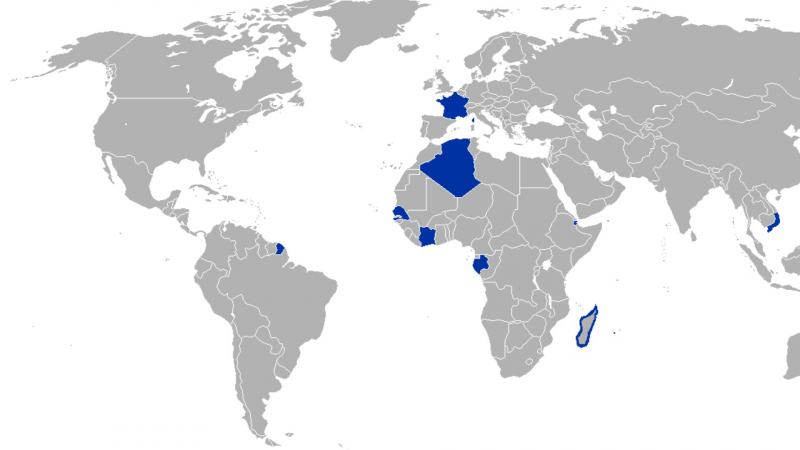
Photo: Wikimedia Commons -
Al-Khilfah al-Abbsiyyah, often known as the Abbasid Caliphate, was the third caliphate to rule after the Islamic prophet Muhammad. It was established by a dynasty that traced its origins back to Abbas ibn Abdul-Muttalib (566–653 CE), the prophet's uncle, from whom the dynasty derives its name. In the Abbasid Revolution of 750 CE, they destroyed the Umayyad Caliphate and ruled the majority of the caliphate from their capital in Baghdad in modern-day Iraq (132 AH). The Abbasid Caliphate originally had Kufa, in modern-day Iraq, as its capital, but in 762, the caliph Al-Mansur built Baghdad next to what was once Babylon, the Abbasid Caliphate's capital. Baghdad gained fame as a center of learning, culture, and creativity during what came to be known as the Golden Age of Islam.This earned it a reputation as the "Center of Learning" throughout the world, in addition to housing several important academic institutions, such as the House of Wisdom and a multiethnic and multireligious atmosphere.
The sack of Baghdad by the Mongols led by Hulagu Khan in 1258 and the death of Al-Musta'sim marked the end of the Abbasid era of cultural resurgence and fruition. In 1261, the Abbasid dynasty and Muslim culture as a whole relocated to Cairo, the Mamluk capital. The dynasty continued to assert its claim to religious authority until a few years after the Ottoman conquest of Egypt in 1517, with Al-Mutawakkil III serving as the final Abbasid caliph despite its loss of political power (with the brief exception of Caliph Al-Musta'in of Cairo). That's all about the seventh largest empire of all time we want to mention.
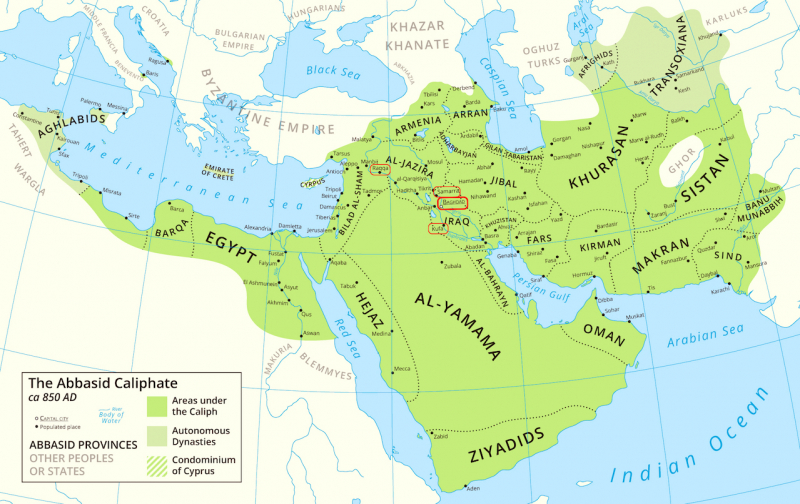
Photo: Smarthistory 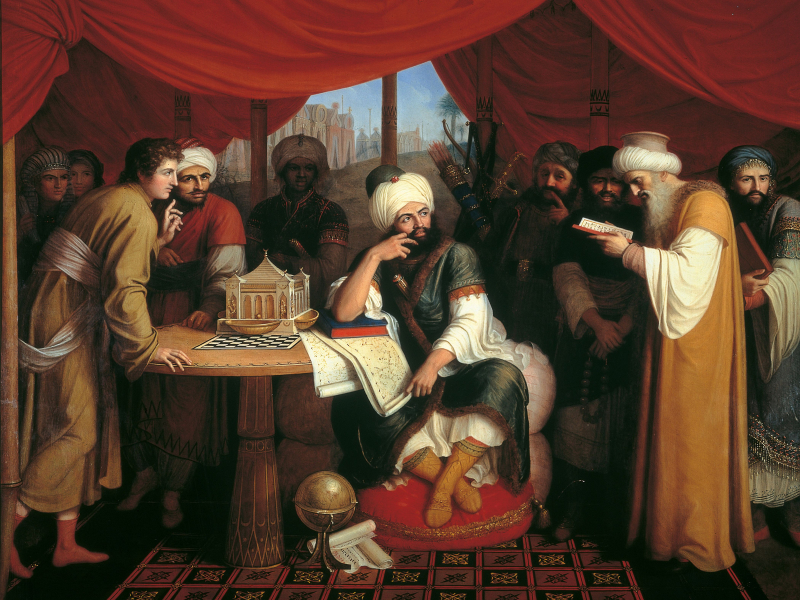
Photo: ThoughtCo -
The second of the four main caliphates to be created after the passing of Muhammad was the Umayyad Caliphate. The Umayyad dynasty controlled the caliphate. The third Rashidun caliph, Uthman ibn Affan (r. 644-656), belonged to the clan. After the First Fitna ended in 661, Muawiya ibn Abi Sufyan, the family established dynastic, hereditary power. He served as Greater Syria's longtime governor. Conflicts over the succession after Mu'awiyah's passing in 680 led to the Second Fitna, and eventually Marwan I from a different branch of the clan took control. After it, Greater Syria remained the Umayyads' primary center of power, with Damascus as their capital.
The Transoxiana, Sindh, the Maghreb, and Hispania (Al-Andalus) were all incorporated under Islamic control by the Umayyads as they carried on the Muslim conquests. One of the biggest empires in history in terms of size, the Umayyad Caliphate had an area of 11,100,000 km2 (4,300,000 sq mi) at its height. A revolt led by the Abbasids in 750 eventually resulted in the dynasty being overthrown throughout the majority of the Islamic world. During the Islamic Golden Age, Cordoba—first an emirate and then a caliphate—became a hub for philosophy, science, medicine, and invention. Dynasty survivors settled there.
By defeating them at the Battle of the Great Zab River in 750, they put an end to the Umayyad dynasty with the aid of a coalition of Persians, Iraqis, and Shiites. Marwan II, the final caliph of the Umayyad dynasty, perished while evading the armies of Abū al-ʿAbbās al-Saffāḥ.
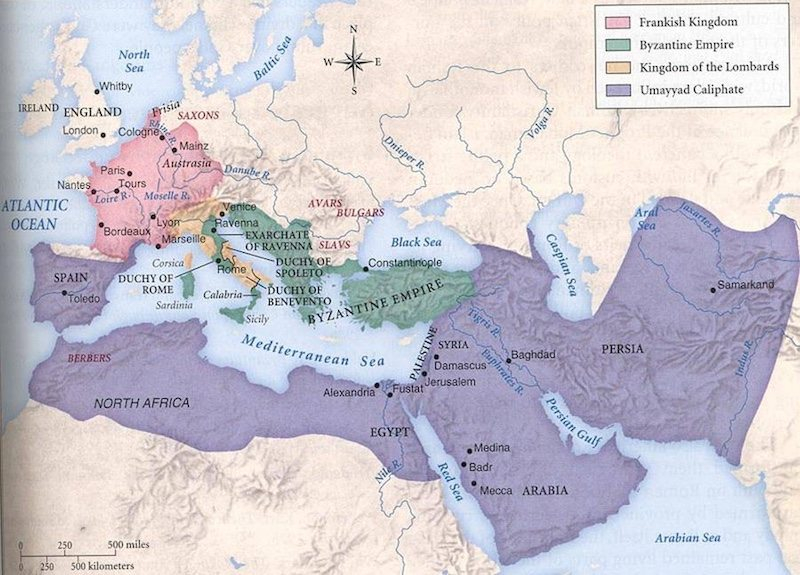
Photo: Highbrow 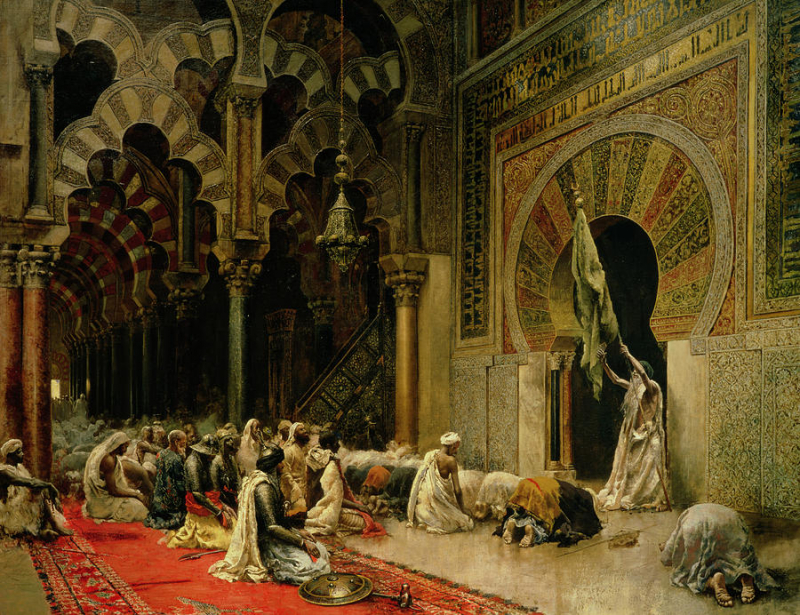
Photo: HistoryMaps -
The ninth place in the list of the largest empires of all time belongs to the Yuan Empire. After the Mongol Empire was divided, the Yuan dynasty, which was ruled by the Mongols, took over as China's imperial dynasty. It was started by the Borjigin clan's commander Kublai (Emperor Shizu) and lasted from 1271 to 1368. According to traditional Chinese historiography, the Yuan dynasty came before the Ming dynasty and came after the Song.
The Yuan dynasty saw the development of a vibrant cultural diversity. The growth of play and the novel, as well as the growing use of written vernacular, were major cultural successes. China and a large portion of central Asia's political unification facilitated trade between the East and West. There was a significant degree of cultural interaction as a result of the Mongols' broad West Asian and European ties. China was greatly affected by the various nations and civilizations that made up the Mongol Empire. The production of thin glass and cloisonné gained popularity in China, while other Chinese inventions and goods, such as purified saltpeter, printing methods, porcelain, playing cards, and medical literature, were sent to Europe and Western Asia.
Since the late 1340s, natural calamities including droughts, floods, and the ensuing famines have affected people in the countryside, and the absence of effective government action has resulted in a decline in public support. The Genghisid emperors withdrew to the Mongolian Plateau in 1368 when the Ming dynasty routed the Yuan armies, and they ruled there until 1635, when they were forced to submit to the Later Jin dynasty (which later evolved into the Qing dynasty). History refers to the rump state as the Northern Yuan dynasty.
Source: History of China 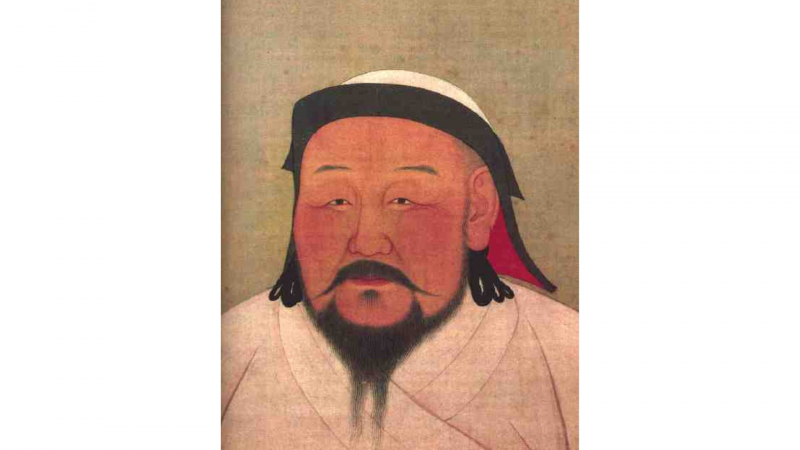
Photo: China Mike -
From the third century BC to the end of the first century AD, the eastern Eurasian Steppe was home to a tribal confederation of nomadic peoples known as the Xiongnu. According to Chinese sources, Modu Chanyu, the emperor who reigned after 209 BC, established the Xiongnu Empire. For a steppe kingdom, the Xiongnu confederation had an exceptionally long lifespan. Raids on the Central Plain were conducted not only to obtain products but also to compel the Central Plain polity to pay tribute on a regular basis. The Xiongnu ruler's ability to manage Han tribute, which he used to reward his allies, was the foundation of his authority. Due to the Xiongnu state's need for Han tribute, the Han and Xiongnu empires both flourished at the same time.
The Xiongnu emerged as the dominant force on the East Asian steppes, centered on the Mongolian Plateau, after their former adversaries, the Yuezhi, moved west into Central Asia during the second century BC. Additionally, the Xiongnu were present in regions that are today Siberia, Inner Mongolia, Gansu, and Xinjiang. They had complicated relationships with the Chinese dynasties to the south-east, fluctuating between various eras of peace, conflict, and oppression. The Xiongnu were ultimately destroyed by the Han dynasty after a protracted war that lasted decades. As a result, the confederation was split in half, and many Xiongnu were forcibly relocated inside Han territory.
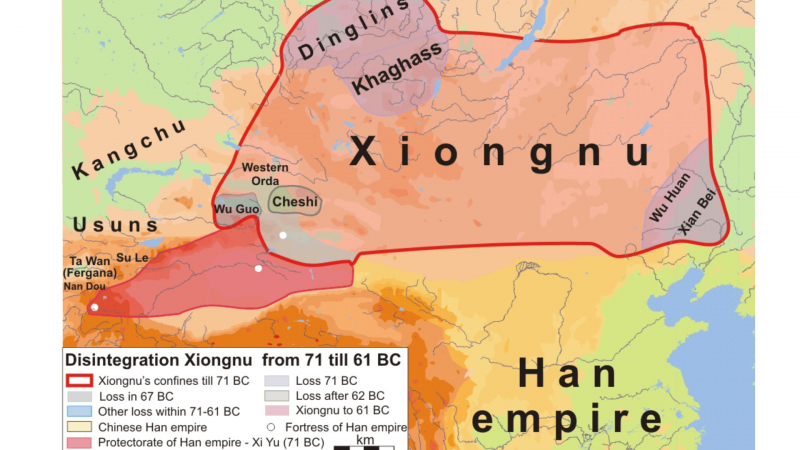
Photo: AP world history research 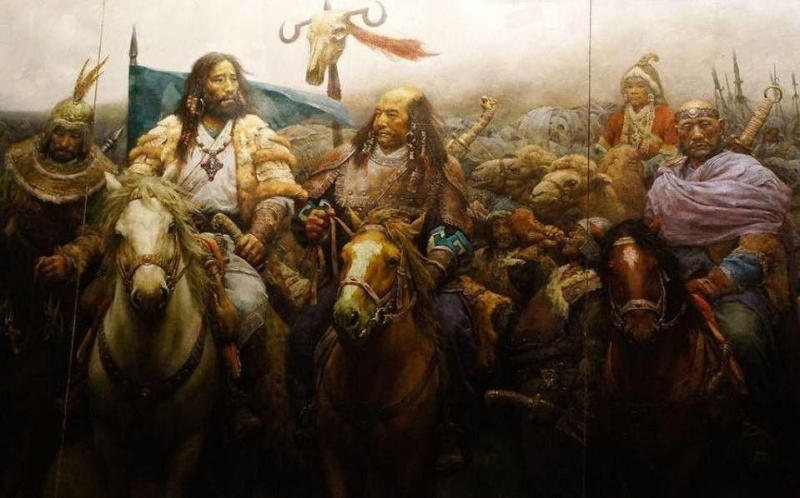
Photo: Pinterest
























